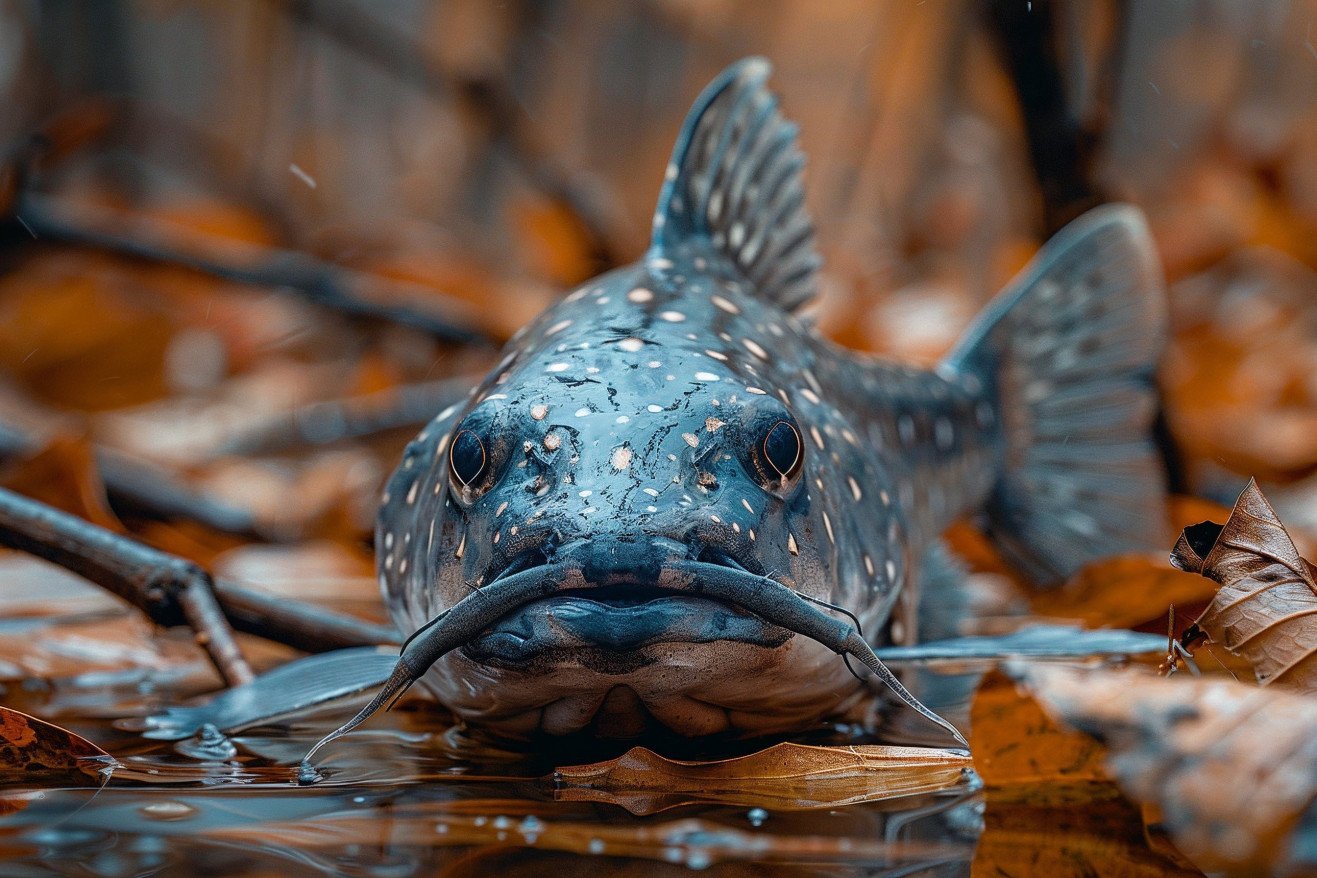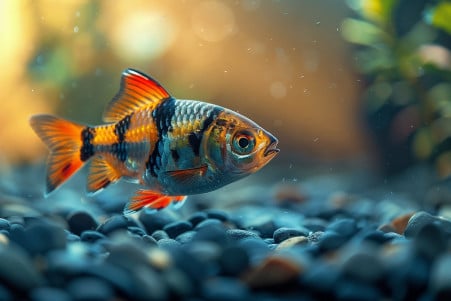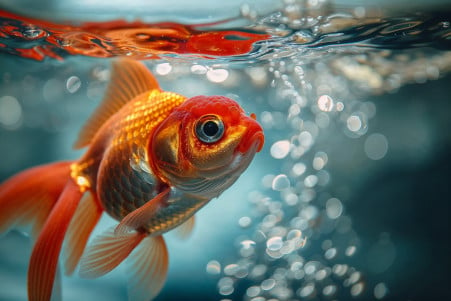How Long Can Catfish Live Out of Water? Understanding Catfish's Limits Outside of Water
22 April 2024 • Updated 22 April 2024

If you’ve ever wondered how long catfish can live out of water after being caught, the answer is a bit complicated and depends on a few different things, including the size of the fish, the temperature of the water, and whether the catfish was caught on a hook or in a net. In general, small catfish can live for 5-10 minutes out of water, while larger catfish can live for an hour or more. That said, catfish that are exposed to air multiple times will use up their oxygen stores more quickly, so it’s important to minimize the time that catfish spend out of water to help ensure their survival and the survival of their populations.
In this article, we’ll look at the biological studies that have been done to determine how long catfish can live out of water. We’ll also discuss the research that has been done to figure out the physiological adaptations that have allowed some species of catfish to breathe air for short periods of time. This will give you a better understanding of how gill morphology, metabolic rate, temperature, and even behavior have helped some catfish species live longer outside of their natural habitats. With this knowledge, you’ll be better equipped to catch and release catfish in a way that will help them survive.
How long can catfish live out of water?
Specializations for Air Breathing
In addition to the ability to breathe air, some catfish species have evolved specializations that enable them to breathe air when water oxygen levels are low. For example, the striped catfish of Southeast Asia can take in more than 100% of its oxygen from air by air breathing through its mouth, a study in the Journal of Experimental Biology found.
Potential blood shunts may redirect blood away from the gills during air exposure to conserve oxygen, although research on the striped catfish indicates this shunting does not actually occur. Amphibious fish have modified their aquatic respiratory pathways to enable aerial respiration during emersion, according to a study on adaptations in amphibious fish. These adaptations, such as increased gill vascularization, provide insights into how certain catfish species can temporarily survive out of water.
The Walking Catfish
The walking catfish (Clarias batrachus) is a species that originated in Southeast Asia and has the ability to walk on land using its pectoral fins. As noted by Wired2Fish, the walking catfish is so named because it can "wiggle and jump" across land to move between bodies of water.
Genomic analysis published in the PMC showed that the walking catfish has lung-like accessory breathing organs that enable it to breathe air while on land. The study also identified genetic changes in the walking catfish that are associated with DNA repair, enzyme function, and oxygen transport that support its ability to live on land.
As shown in the Kid Should See This video, the walking catfish can travel more than a kilometer and live for up to 18 hours out of water, using its sense of smell to help it find its way and locate food. This unusual behavior has made the walking catfish an important species for aquaculture and subsistence fishing in its native Southeast Asian range.
Environmental Impacts and Invasive Concerns
The walking catfish is now an invasive species in areas like Florida, where it was likely introduced via the aquaculture trade. According to the Florida Museum of Natural History, the walking catfish was first brought to Florida in the 1960s, probably through escapes from aquaculture.
An omnivore, the walking catfish can have a major impact on native aquatic species and aquaculture, according to the USGS Nonindigenous Aquatic Species database. Its ability to walk on land and survive in a variety of environments has enabled it to quickly move and establish populations throughout much of South Florida, according to the Florida Museum of Natural History.
Conservation efforts are now aimed at controlling and managing the walking catfish's invasion since it's hard to eradicate once it's established. The species has been banned in many areas, including the United States, without a permit due to its potential ecological impact, according to the U.S. Fish and Wildlife Service.
How to Handle and Release Catfish Safely
In order to increase the likelihood that catfish will survive after being released, it's important to minimize air exposure and protect their slime coat. While it's true that, as explained by A Fishing Story, many catfish species are known for their ability to survive in low-oxygen environments and can even live out of water for several hours, proper handling is still necessary to ensure that the fish will live.
For example, according to In-Fisherman, using wet hands or towels when handling catfish can reduce stress and injury during hook removal, which can help protect the fish's slime coat. In addition, the site notes that it's important to make sure that there's plenty of aeration in livewells since oxygen levels can drop and waste can build up quickly.
The Bassmaster guide on keeping bass alive also stresses the importance of releasing catfish in well-oxygenated areas and making sure that they have time to recover before swimming off. This will help ensure that the fish will survive and that catfish populations will remain healthy for future generations of anglers. By practicing catch-and-release fishing responsibly, anglers can help ensure that catfish fisheries will remain healthy.
Potential Risks and Regulations
Walking catfish can harbor parasites and diseases that can impact native fish and aquaculture operations. According to the CABI Compendium, walking catfish have been found to be carriers of several bacterial and fungal diseases that can lead to 90% mortality in nursery ponds and 50% mortality or more in growout ponds. This means that disease management, including the use of antifungal treatments and antibiotics, is important in the farming of walking catfish.
The importation and possession of walking catfish have been prohibited in some areas due to their predatory behavior and potential impacts. For example, as outlined in the CABI Compendium, the state of Florida banned the importation and possession of catfish in the late 1960s. In addition, fish farmers in Florida have installed fences around their ponds to keep walking catfish out because they have been known to prey on the fish in their ponds.
Although walking catfish are edible, their meat may pose risks to human health if it is not handled and prepared properly. Ongoing studies and responsible management are needed to help minimize the potential risks of this invasive species.
Conclusion: Finding the Right Balance Between Conservation and Use
While catfish have evolved some amazing adaptations that have enabled certain species to survive for short periods of time outside of the water, the impacts of repeated exposure to air are negative. The walking catfish's ability to migrate on land and breathe air has helped it become an important food source in its native habitat, but it has also become an invasive species in other parts of the world.
Proper handling and release techniques, as well as the control of diseases in aquaculture, are important for the conservation of catfish species. At the same time, ongoing studies of catfish physiology and behavior can help ensure that these resilient fish are used in a sustainable way. However, finding the right balance between the ecological impacts and potential uses of catfish will require a better understanding of their adaptations and careful management.


